THE QUINTESSENCE OF HUMAN SPIRIT
If R. Browning was interested in what he called “The soul’s study”, we can say that the French painter Olivier Bartoli explores the frontier between real images and romantic subjectivism.
He tries to communicate the quintessence of human spirit and this is why his figures are painted in a lucid, harmonious and unconscious self-revelation.
The technique of his paintings illustrates a step in development from the realist to impressionist styles, extending the significance of painting through allusions to figures who give spiritual bonds between reality and dream, hope and fear, emotional self and states of consciousness.
To make us see life and dream afresh thorough his paintings, he depicts the spontaneity of natural feelings, remembering C.F.Alexander’s verses “
Each little flower that opens , each little bird that sings, he made their glowing colors, he made their tiny wings”
Olivier Bartoli uses primary colours to define depth emotions and shapes and he is linked to the Flemish Baroque artist Anthony Van Dyck for the smooth bright, color schemes. Emphasizing natural beauty, he is able to create vivid images that render the reality of the moment, uplifting the human spirit to the highest level.
His works contain intense details and have a psychological rendering of thoughts surrounded by an allegorical atmosphere, remembering P. Eluard’s verses “
C’est la douce loi des hommes de changer l’eau en lumière, le rêve en réalité »
He is linked to the German Renaissance artist A.Durer for the frontal and highly symmetrical portraits but one of the primary striking points of Bartoli’s art is the lack of conventional background without regard to time or place because he is interested in the imaginative and symbolical elements that highlight the spiritual evolution of the moment, remembering E.Dickinson’s verses “
A light exists in Spring…A color stands abroad on solitary fields that science cannot overtake but human nature feels”.
Another aspect of the images is the artist’s observation of details because he wants to represent subjects and sentiments of silent dreams in a variety of forms, shapes and colours, remembering Ovidius: “
Ignoti nulla cupido”.
He is therefore interested in the world of children and could be linked to the French academic and traditionalist painter W.A. Bouguereau who captured the soul of youth children.
We can notice an accurate rendering of the human forms and in the paintings
"La vie est un rêve" 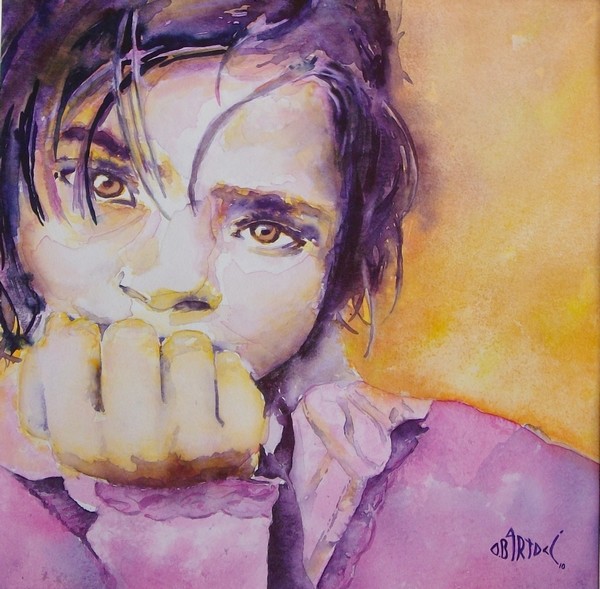 , "Rayon de soleil"
, "Rayon de soleil" 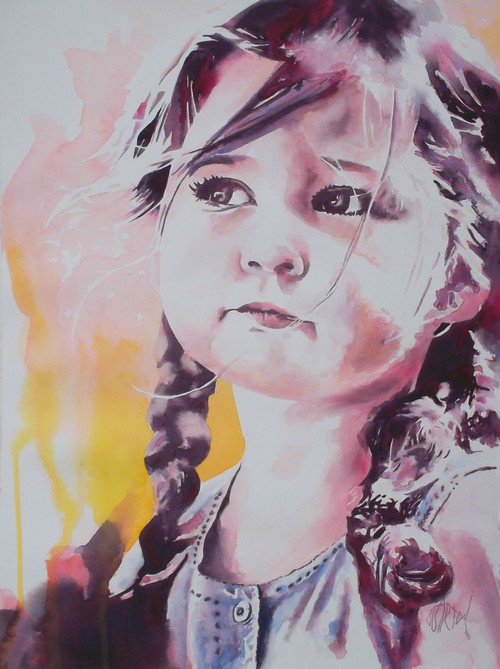 , "Charmeur"
, "Charmeur" 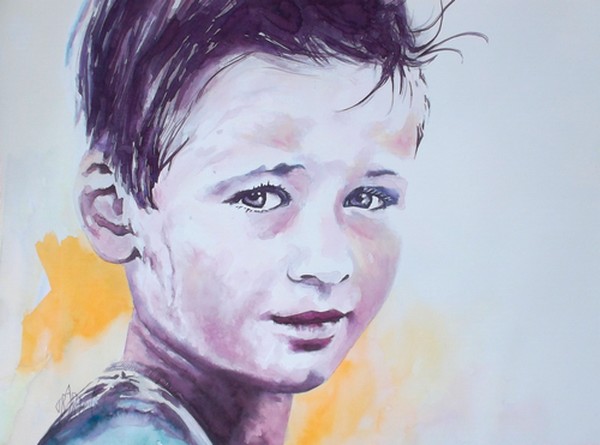
he portrays children conveying the tenderness in lively images, augmenting the depth and importance of glances, underlining innocence and beauty, reality and dream, remembering Shakespeare’s verses “
Dream in light years, challenge miles, walk step by step”.
Bartoli’s works have highly symbolic meanings and the painting
"Rêver" 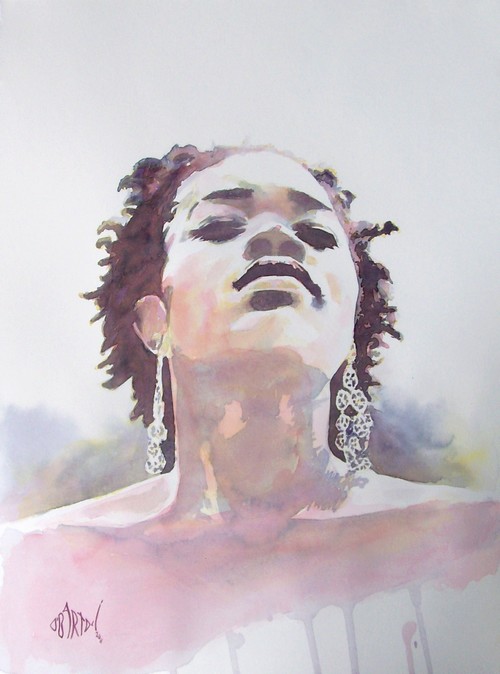
remembers Munir Mezyed’s verses “
The word lies in the bed of my voice till it gives birth to the ode then it goes back to your breast”.
It is important to notice that the works are not completely symmetrical, the strands of hair fall differently on either side and it seems that the children are absorbed in their dreams, remembering D. Adams’s verses “
He felt that his whole life was some kind of dream and he sometimes wondered whose it was and whether they were enjoying it”.
In the depiction of beauty and femininity, he is influenced by Peter Lely’s portraiture style also if Bartoli’s women are depicted in their natural beauty and do not wear luxurious jewelers.
Everything is depicted with precision and awareness of composition but the background is black, emphasizing the artist’s monograms that give the canvas a sculptural quality.
He is a fashionable portrait painter and the painting
"Manouche" 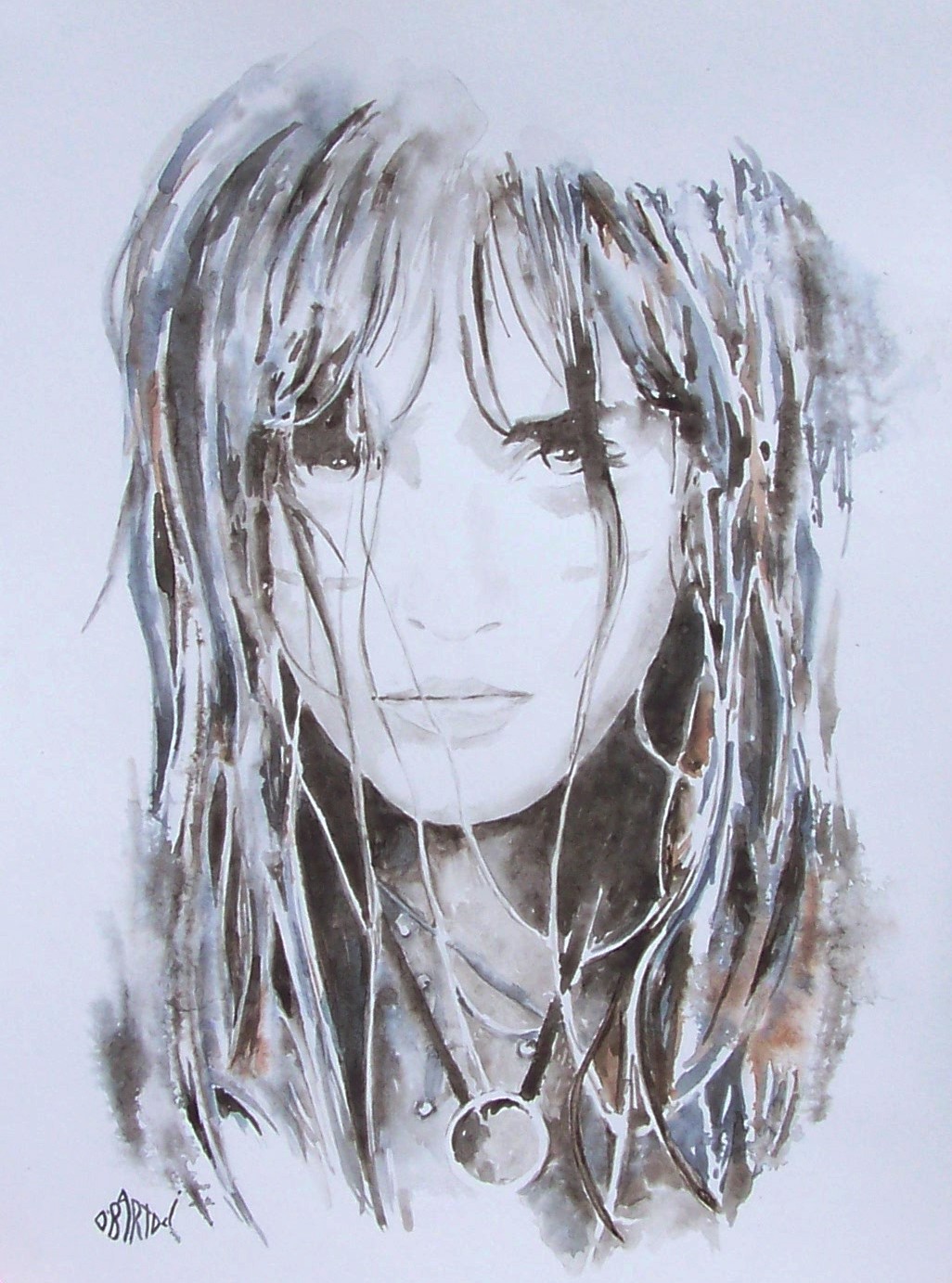
could be connected to S.Mallarmé’s verses “
Dreams have as much influence as actions”
His graceful portraits are very charming and in the painting
"Hot and cold" 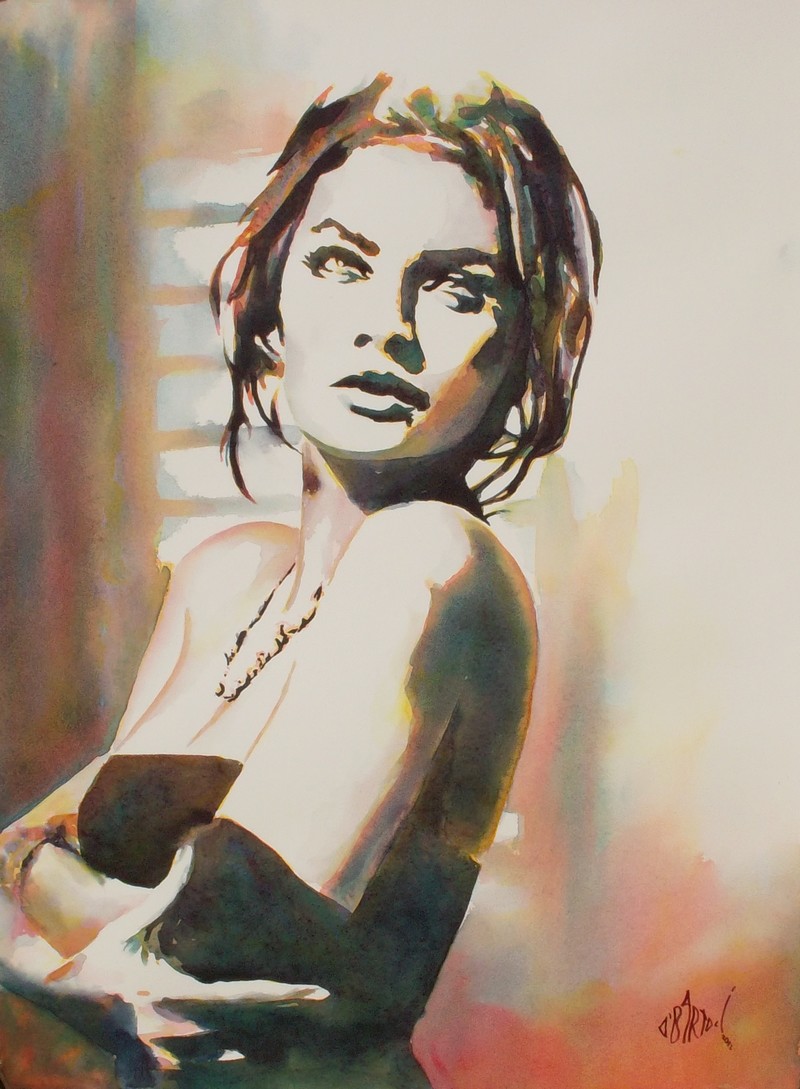
he captures the souls and spirits of his subject, remembering C.Rossetti’s verses “
In happy dreams I hold you full in night…your smile makes day of night”
For the classical use of composition and form used in the painting
"The holly spirit temple" 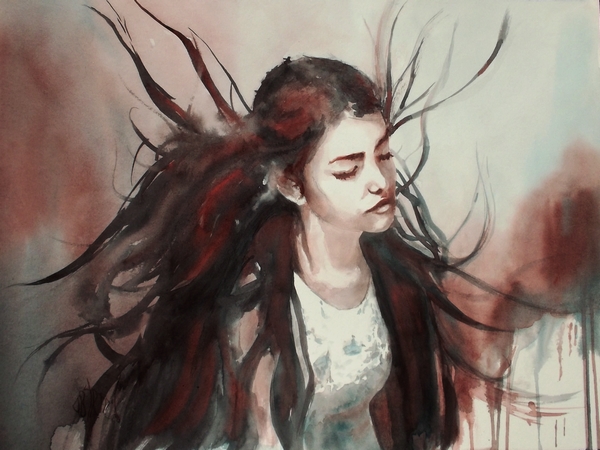 ,
, Bartoli can be linked to J.Arany’s verses “
In dreams and in love there are no impossibilities”
In the painting
"Nostalgie" 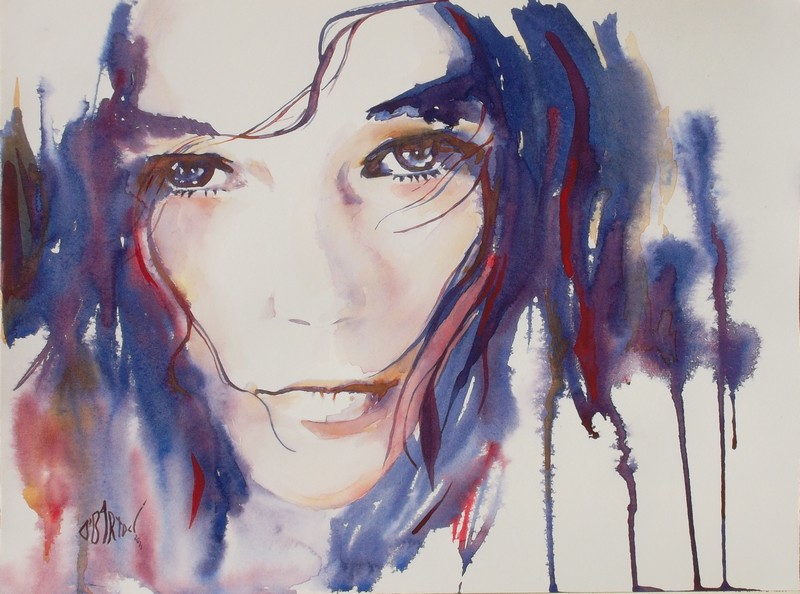
he manages to capture the nuances of insecurity, the search for identity but the eloquently romantic expression reveals the sincerity of the woman’s feelings, remembering N.Gaiman “
Dreams are real. But they are made of viewpoints, of images, of memories and puns and lost hopes”.
The painting
"Tigre" 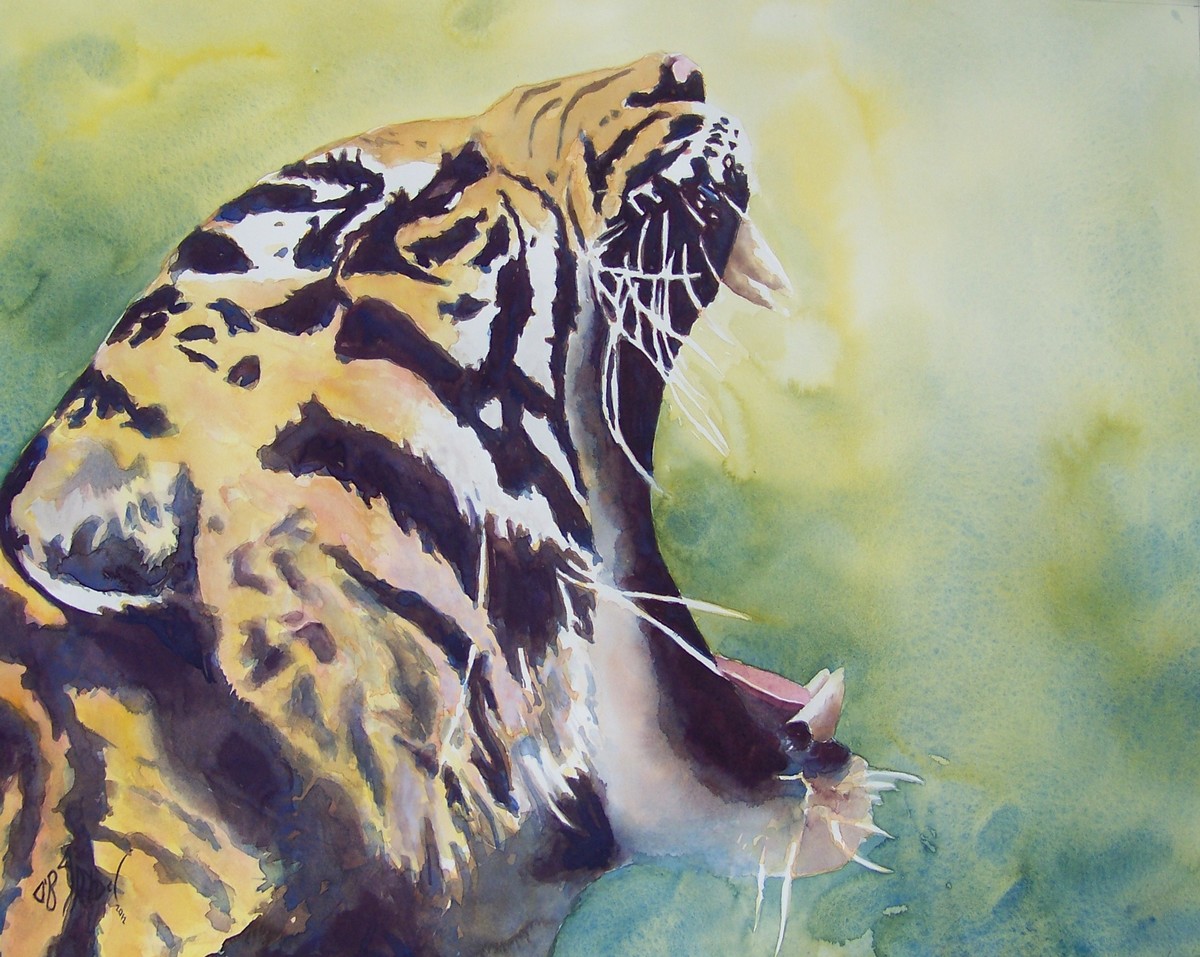
could be connected to W.Blake’s verses “
Tyger! Burning bright in the forests of the night what immortal hand or eye could frame thy fearful symmetry?”
Therefore, with the key elements such as colour, perspective and the expressions of passions and melancholy he is able to create imaginative and expressive canvas that speak to the heart, capturing the subtlest feelings and the most meaningful nuances of mood and personality, remembering Aristotle’s statement “
Hope is a waking dream”.
Cappello Maria Pia
Copyright Rome, 18 August 2013
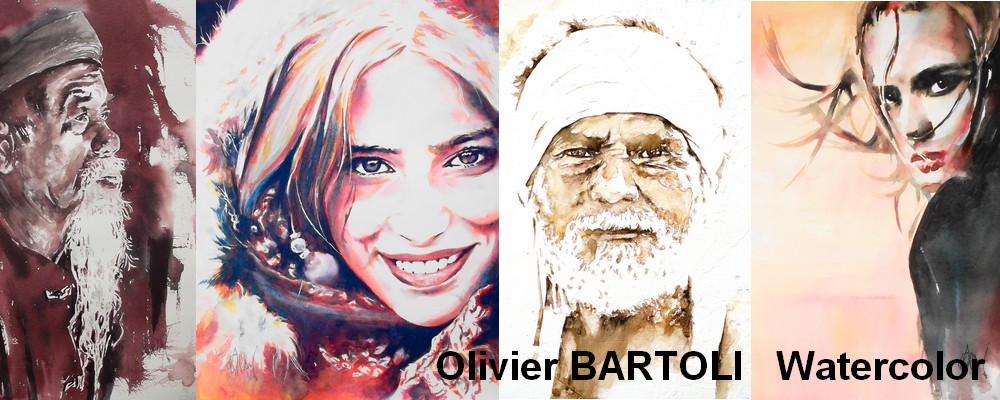

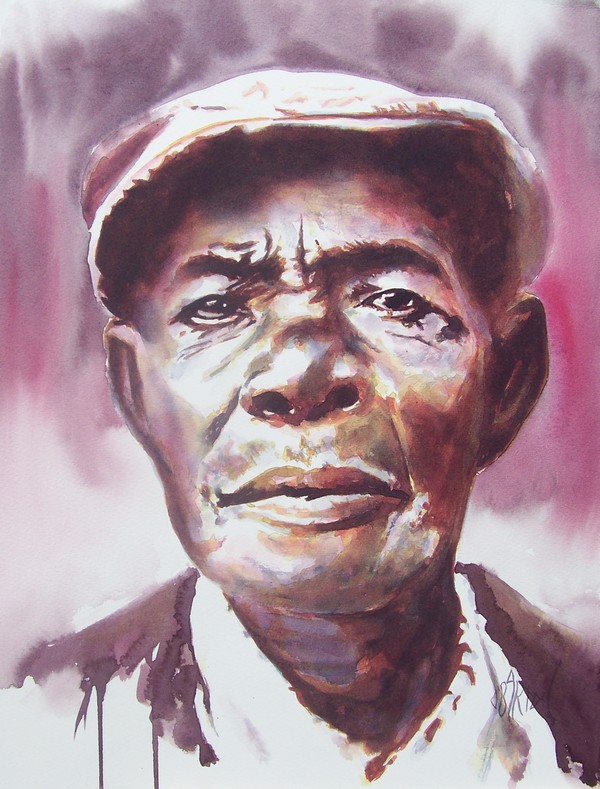
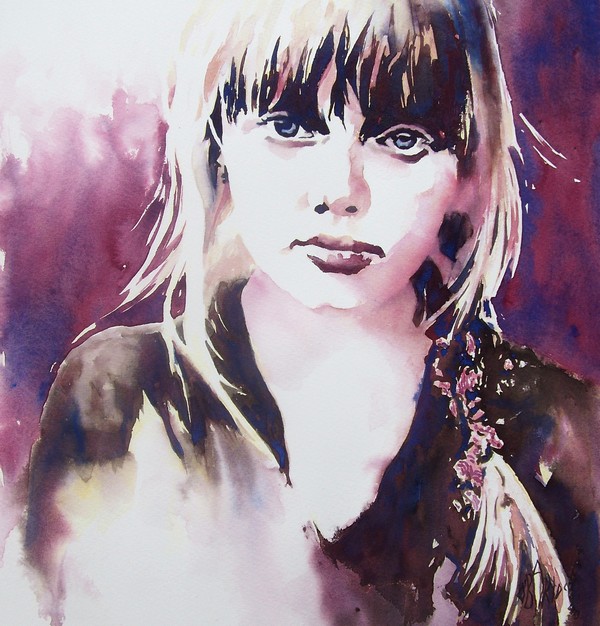
 , "Rayon de soleil"
, "Rayon de soleil"  , "Charmeur"
, "Charmeur"  he portrays children conveying the tenderness in lively images, augmenting the depth and importance of glances, underlining innocence and beauty, reality and dream, remembering Shakespeare’s verses “Dream in light years, challenge miles, walk step by step”.
he portrays children conveying the tenderness in lively images, augmenting the depth and importance of glances, underlining innocence and beauty, reality and dream, remembering Shakespeare’s verses “Dream in light years, challenge miles, walk step by step”. remembers Munir Mezyed’s verses “The word lies in the bed of my voice till it gives birth to the ode then it goes back to your breast”.
remembers Munir Mezyed’s verses “The word lies in the bed of my voice till it gives birth to the ode then it goes back to your breast”. could be connected to S.Mallarmé’s verses “Dreams have as much influence as actions”
could be connected to S.Mallarmé’s verses “Dreams have as much influence as actions” he captures the souls and spirits of his subject, remembering C.Rossetti’s verses “In happy dreams I hold you full in night…your smile makes day of night”
he captures the souls and spirits of his subject, remembering C.Rossetti’s verses “In happy dreams I hold you full in night…your smile makes day of night”  , Bartoli can be linked to J.Arany’s verses “In dreams and in love there are no impossibilities”
, Bartoli can be linked to J.Arany’s verses “In dreams and in love there are no impossibilities” he manages to capture the nuances of insecurity, the search for identity but the eloquently romantic expression reveals the sincerity of the woman’s feelings, remembering N.Gaiman “Dreams are real. But they are made of viewpoints, of images, of memories and puns and lost hopes”.
he manages to capture the nuances of insecurity, the search for identity but the eloquently romantic expression reveals the sincerity of the woman’s feelings, remembering N.Gaiman “Dreams are real. But they are made of viewpoints, of images, of memories and puns and lost hopes”. could be connected to W.Blake’s verses “Tyger! Burning bright in the forests of the night what immortal hand or eye could frame thy fearful symmetry?”
could be connected to W.Blake’s verses “Tyger! Burning bright in the forests of the night what immortal hand or eye could frame thy fearful symmetry?”